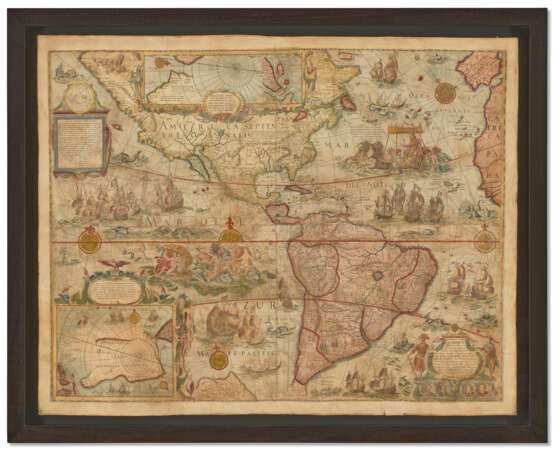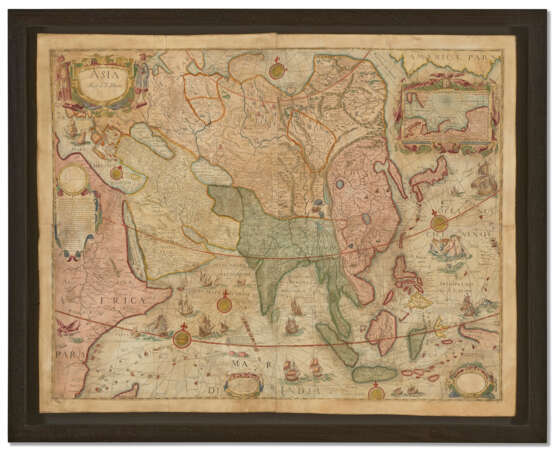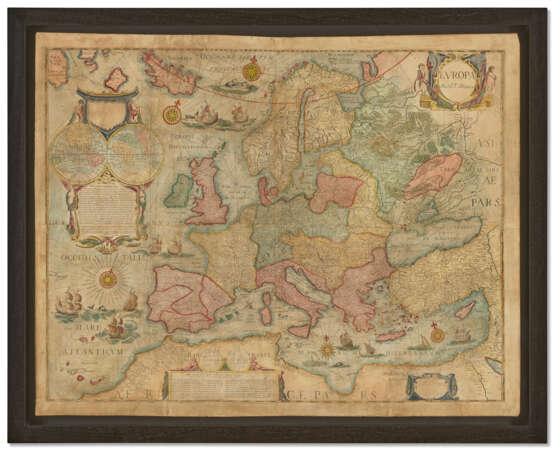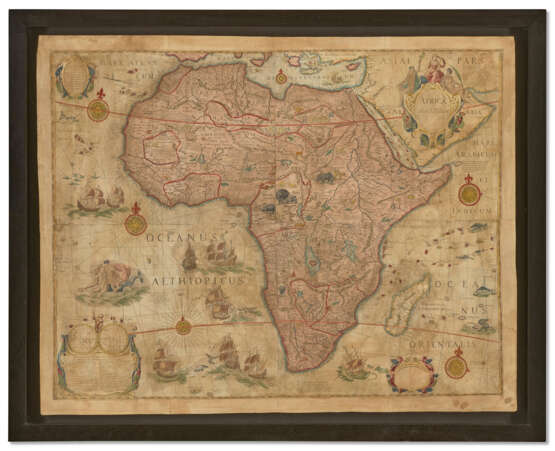ID 743667
Lot 18 | Unrecorded wall maps of the four continents
Valeur estimée
$ 100 000 – 150 000
| Lieu d'origine: | Italie |
|---|---|
| Catégorie maison de vente aux enchères: | Cartes et Atlas |
| Lieu d'origine: | Italie |
|---|---|
| Catégorie maison de vente aux enchères: | Cartes et Atlas |
| Adresse de l'enchère |
CHRISTIE'S 20 Rockefeller Plaza 10020 New York Etats-Unis | ||||||||||||||
|---|---|---|---|---|---|---|---|---|---|---|---|---|---|---|---|
| Aperçu |
| ||||||||||||||
| Téléphone | +1 212 636 2000 | ||||||||||||||
| Fax | +1 212 636 4930 | ||||||||||||||
| Conditions d'utilisation | Conditions d'utilisation | ||||||||||||||
| transport |
Service postal Service de messagerie ramassage par vous-même | ||||||||||||||
| Modes de paiement |
Virement bancaire | ||||||||||||||
| Heures d'ouverture | Heures d'ouverture
|






